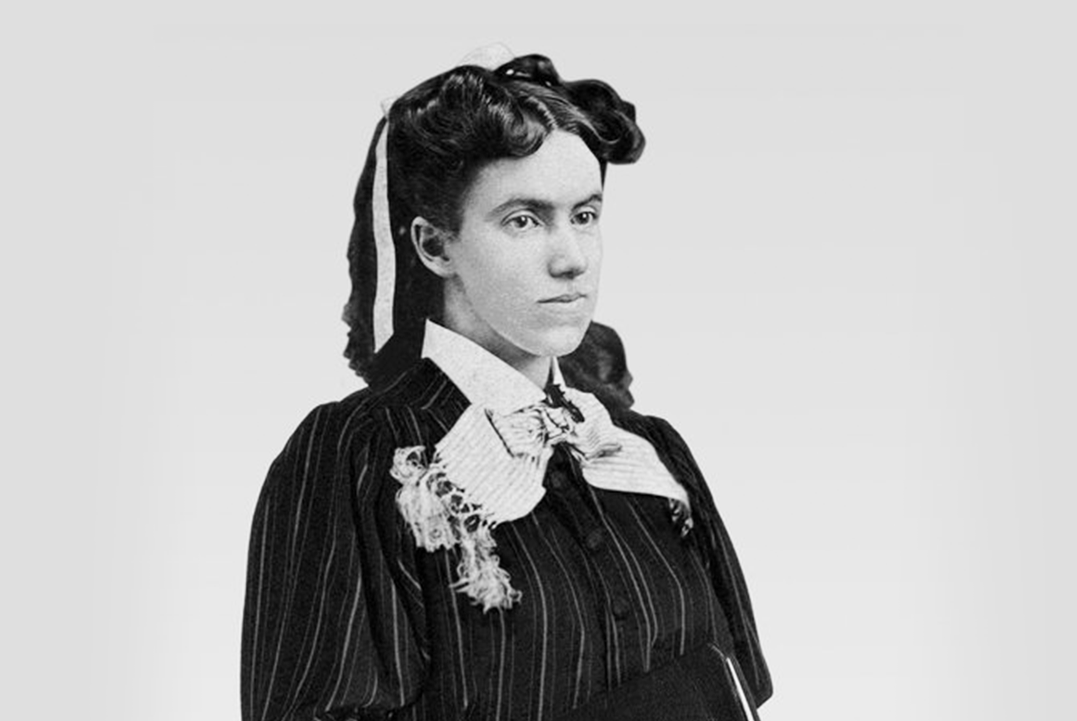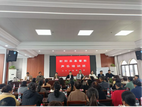An American Chinese ministry leader shared the mission strategy of Moon Lottie in the “2022 Chinese Missionary Mobilization Conference - Commemorating the 110th Anniversary of Lottie Moon's Martyrdom in China''.
Dr. Evan Liu, director of the Chicago Chinese Servant Leadership Center, gave a lecture titled “See Transformation of the Chinese Mission from Recalling of Mission Strategy of Lottie Moon” on September 24, sharing his thoughts and views of the mission.
Lottie Moon rode a donkey from Dengzhou (in Penglai now) to Pingdu in Shandong to preach in 1885, being the first Western single woman to preach the gospel in inland China. She established more than 40 girls' schools in Pingdu and more than 30 churches, helping local women out of the custom of foot binding. She brought apple seeds from Virginia in her backyard to Penglai and prayed that the Baptists would send more missionaries to China.
Dr. Liu summarized the main mission strategies of renowned Baptist missionary Lottie Moon.
Lottie Moon wore Chinese clothes, mastered the official dialect and Penglai dialect, and had a Chinese name that was easily accepted by the locals.
Known as “Miss Biscuit”, Moon often gave away biscuits she baked to children and then got to know their mothers, building the bridge for the gospel with her loving deeds.
Riding a donkey from village to village, she entered the homes of peaceful people, greeting them and answering questions they had asked.
Apart from training disciples, she established many female missionary groups to draw women into the missionary movement, including the “Women's Mission Association”, which raised $3315.26 in the first Christmas Mission Offering, enough to send three missionaries to China at that time. Calling on all Southern Baptist churches to participate in the mission, she organized groups to pray for overseas missionaries. To support foreign missionaries, many Southern Baptist churches made special donations since Christmas 1888, which were officially named "Lottie Moon Christmas Offerings" in 1918.
Having donated all her food to victims during a famine in Shandong in 1912, she died of chronic starvation on the boat at the port of Kobe in Japan, as she fainted from starvation and was sent back to the United States to receive treatment.
According to the mission theory of Steven Bailey, professor of the Department of Mission at Asbury Theological Seminary in the United States, Dr. Liu classified churches into four categories, with the degree of unity as the horizontal axis and the degree of vision as the vertical axis. With great vision and high unity, some were kingdom-expanding churches, such as the churches of Smyrna and Philadelphia. With high unity and low vision, some churches have lived a comfortable life, including the churches of Pergamum, Thyatira, and Laodicea. Like the Church of Ephesus, ministry-oriented churches had great vision and low unity. Like the Church of Sardis, spiritually unhealthy churches had low vision and low unity. The first and third ones are mission-oriented churches.
Dr. Liu believed that without outreach, even cross-community or cross-cultural churches would gradually decline, become aging, have internal friction, and be easily attacked by enemies. A powerful country might also be a strong mission country, such as the United States, South Korea, and Singapore. He encouraged the Chinese church to conduct missions, with more believers standing up to serve God.
The doctor analyzed the distribution of Christian beliefs in China. At present, religions in China with high density are Buddhism, Taoism, Islam, Protestantism, and Catholicism. While the number of Catholics is estimated at about 22 million (including members of house churches and registered churches), the optimistic estimate of Protestants is 78 million (including believers in house churches and registered churches). The number of Orthodox believers in China is about 100,000, most of whom are in Northeast China, Shenzhen, and Hong Kong. There are 21 seminaries in China with a total of about 5,000 students, while about 10,000 students graduate from 400 seminaries in Korea to serve in churches every year.
From the 1990s to 2000, Chinese Christians accounted for 15%-20% of the total population of Chinese in the United States. Now, 5.5 million Chinese live in the United States. Liu stated that overseas Chinese were diaspora missionaries who could bear witness to the Lord. Though they were travelers and foreigners on earth, they had a beautiful heavenly home.
According to a Southern Baptist Convention survey, the top three countries in the world with the highest percentage of people who do not know the one true God are India, China, and the United States. The United States is heavily secularized and full of pantheism, polytheism, and supernaturalism. Dr. Liu appealed to Chinese Christians in America to share the gospel to fulfill their responsibility.
Dr. Liu also introduced scholars’ views on missions, such as the hot spots of mission revival located in the Southern Hemisphere, the revival of faith in the Eastern Hemisphere, the church mission to expand the kingdom of God, the church (holy temple) and mission, the intermediate level of the supernatural realm, the confrontation of power, and the biblical view of time and space in multiple worlds.
In addition, he introduced several mission models, including the Three Silk Roads Mission (Steppe Silk Road, Desert Oasis Silk Road, and Maritime Silk Road), the High-speed Rail Mission to Central Asia and Southeast Asia, and prayer warriors who prayed for the mission.
- Translated by Abigail Wu












